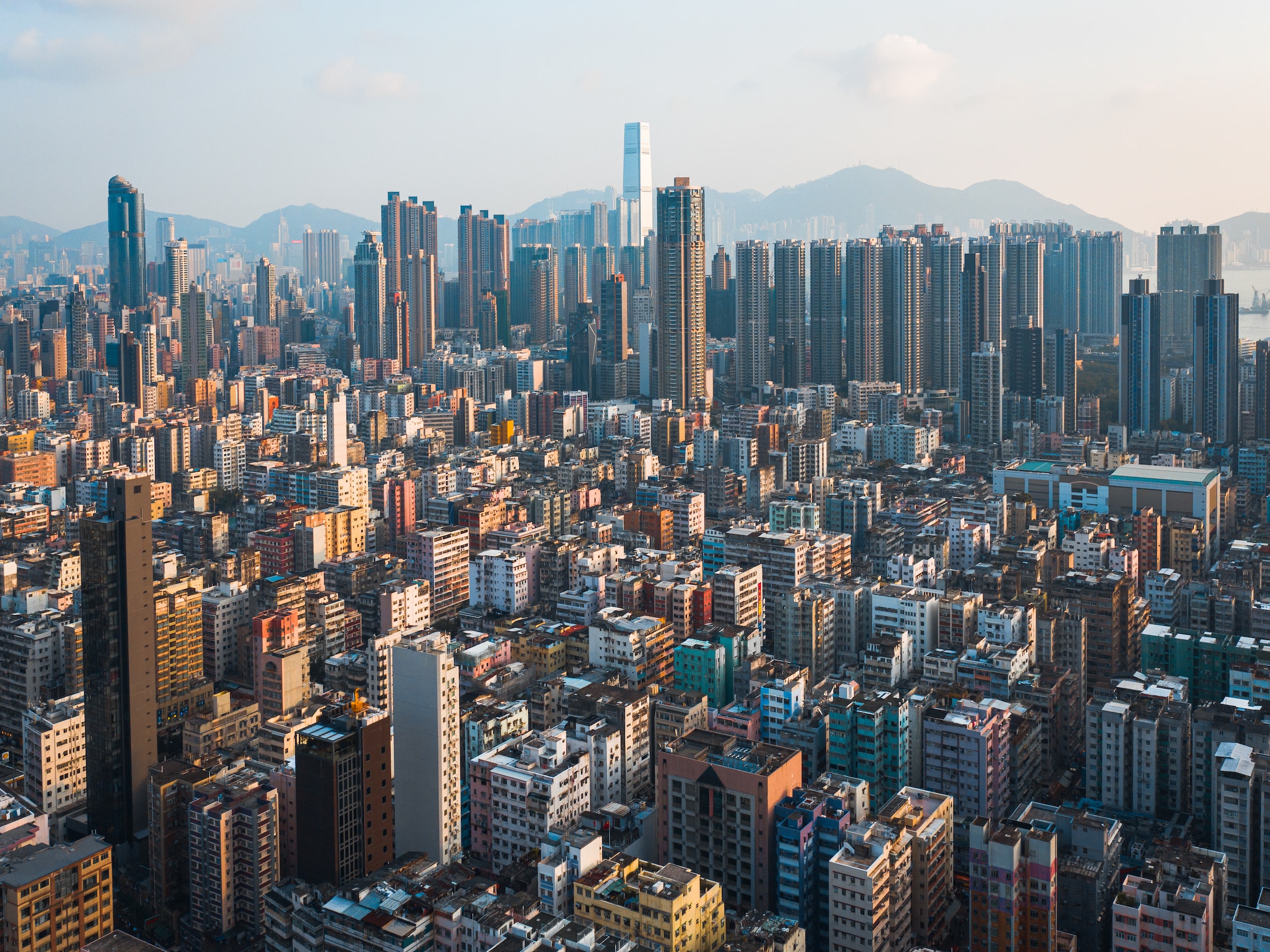
Deputy Editor Isobel Radakovic discusses the growth in the human population and the issues we face in supporting a growing population and protecting the environment
With the news that the global population reached eight billion on the 15th of November comes a multitude of anxieties felt worldwide at the consequences of this historical rise. In the space of 95 years, the population has risen from two to eight billion, an increase bolstered by improvements in medicine and greater access to healthcare, but subsequently also impacted by improvements in the agricultural fields, creating a huge growth in food production. While these all sound like great achievements, the fact that the progression from seven to eight billion occurred in only 11 years is a definite cause of concern for the future of the planet and its population within the next century.
The growth rate has been reported to start to slow globally in the coming decades, but even this comes with problems of its own. Whereas rising rates of population growth affect poorer countries more because of their inability to provide for their citizens adequately, decreasing growth rates will negatively affect more populated nations. The progression from seven to eight billion occurred in only 11 years is a definite cause of concern
Population rates can differ quite severely on a continental basis, with Africa providing the highest proportions of population growth, while Europe’s growth rate is expected to decline significantly in the coming decades. Around 70% of the past decade’s population growth from seven to eight billion occurred in lower-income countries, predominantly in sub-Saharan Africa, with this expected to rise to more than 90% in the upcoming future. Although the next billion people are expected to be born at some point in the next 15 years, fertility rates have dropped globally in high-income nations. However, these rates remain extremely high in poorer countries, as more women and girl lack access to sexual health care like contraception.
The environmental impacts of the growing population rate also cannot be ignored, as levels of production and consumption inevitably continue to rise with the population rate at an unsustainable pace. The level at which fuel consumption occurs has had a direct effect on many environmental issues, such as climate change, deforestation, and the loss of biodiversity, as reported by the United Nations recently. As a result of this, having a slower population growth over the course of the next century would be the main way in which to stop any further environmental damage to the planet.
The future of our world and its population is constantly subject to change
Again, there is a huge discrepancy in how the differing wealth of countries relates to their respective impacts on the consequences of this continuing population growth. Lower-income countries have contributed far less to climate change than the wealthiest nations, and yet they will fail to benefit from this in the long term, as in order to progress economically these countries will inexorably have to increase their energy consumption. It seems as though there is no way to win, in terms of trying to help ensure any sort of improvement in environmental conditions for future generations as populations continue to increase.
In order to secure any sort of advancement, and even just to sustain themselves, these lower-income countries will need to become less sustainable in their practices, while richer countries would need to almost do the complete opposite in drastically reducing their current usage.
Fortunately, growth rates are predicted to slow in the future, with populations reaching nine billion in 15 years, as opposed to 11, and a further 22 years to pass 10 billion. However, this slight decline in global population is not expected for another 50 years, and the rate at which climate change is continuing to get worse means that it might be too late for any of us to witness any real improvement in the conditions of our planet. Even this prediction is subject to change depending on the rate of potential fertility decline in countries that currently have high birth rates, showing that the future of our world and its population is constantly subject to change, and fraught with potential complications.
For more Comment, check out the stories below:
Comments